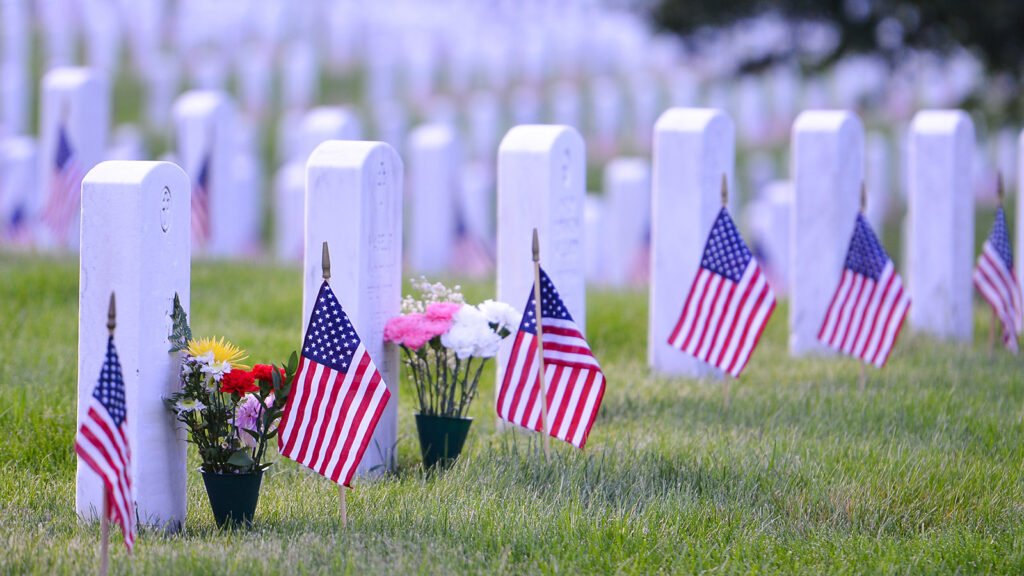The 1960s were a transformative decade marked by cultural shifts, technological advancements, and social upheaval. It was also a time when childhood was starkly different from what it is today. Kids in the ’60s engaged in activities and behaviors that would undoubtedly shock us now. Here are some of the odd things kids did back then that stand out in stark contrast to modern norms.
Playing with Dangerous Toys

The ’60s were a time when toy safety regulations were much more relaxed. Kids often played with toys that would be considered hazardous by today’s standards. Items like lawn darts, which were essentially weighted spikes thrown into the air, were popular despite the potential for serious injury. Another example is the Creepy Crawlers kit, which allowed kids to mold their plastic bugs using a heated metal plate, posing obvious burn risks.
Riding Bikes Without Helmets
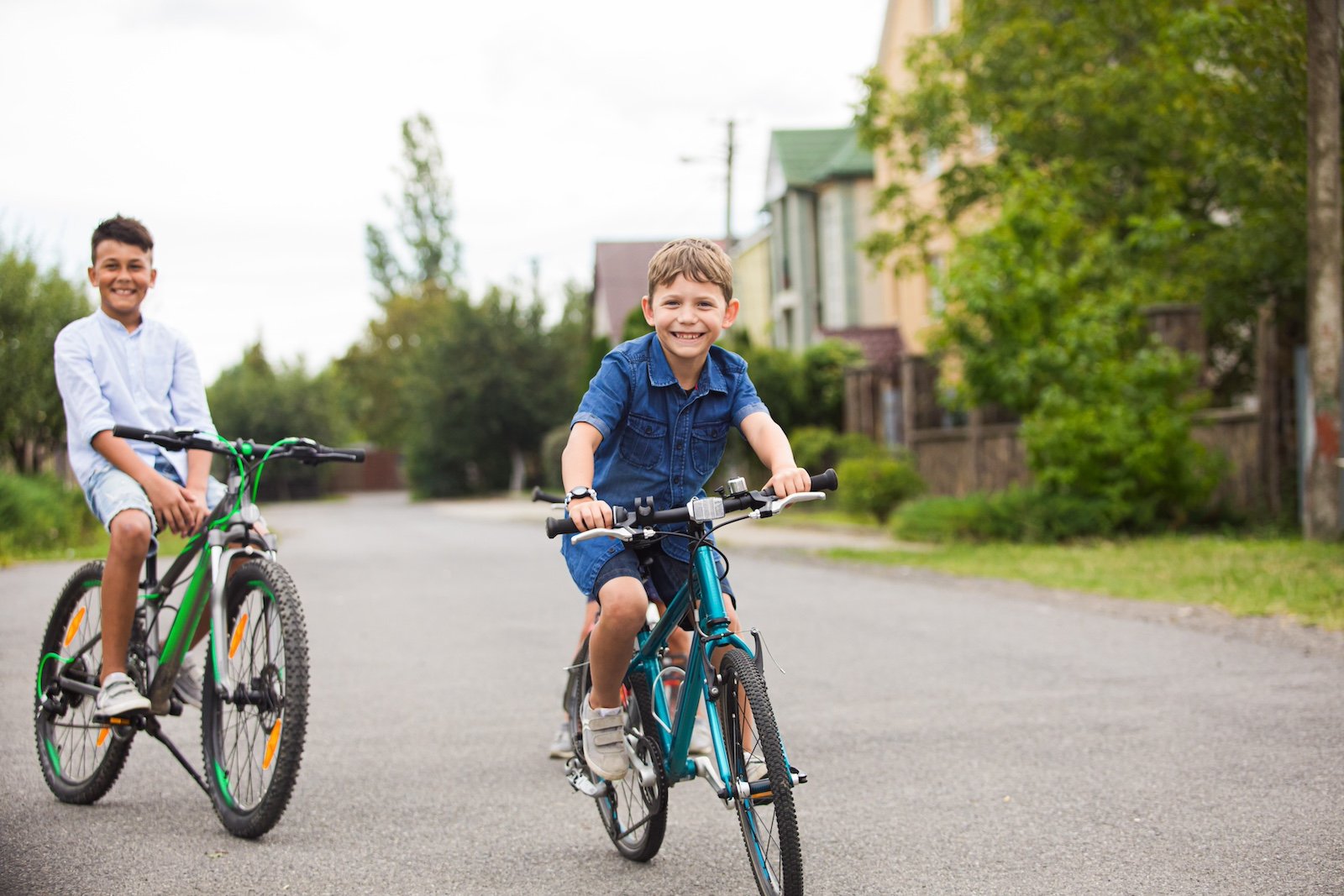
It was common for kids in the ’60s to ride their bicycles without wearing helmets. The concept of bicycle safety gear was virtually non-existent. Kids would zip around their neighborhoods, often without adult supervision, and any protective gear. The freedom and carefree nature of riding bikes without helmets were taken for granted, though it resulted in many preventable injuries.
Smoking Candy Cigarettes
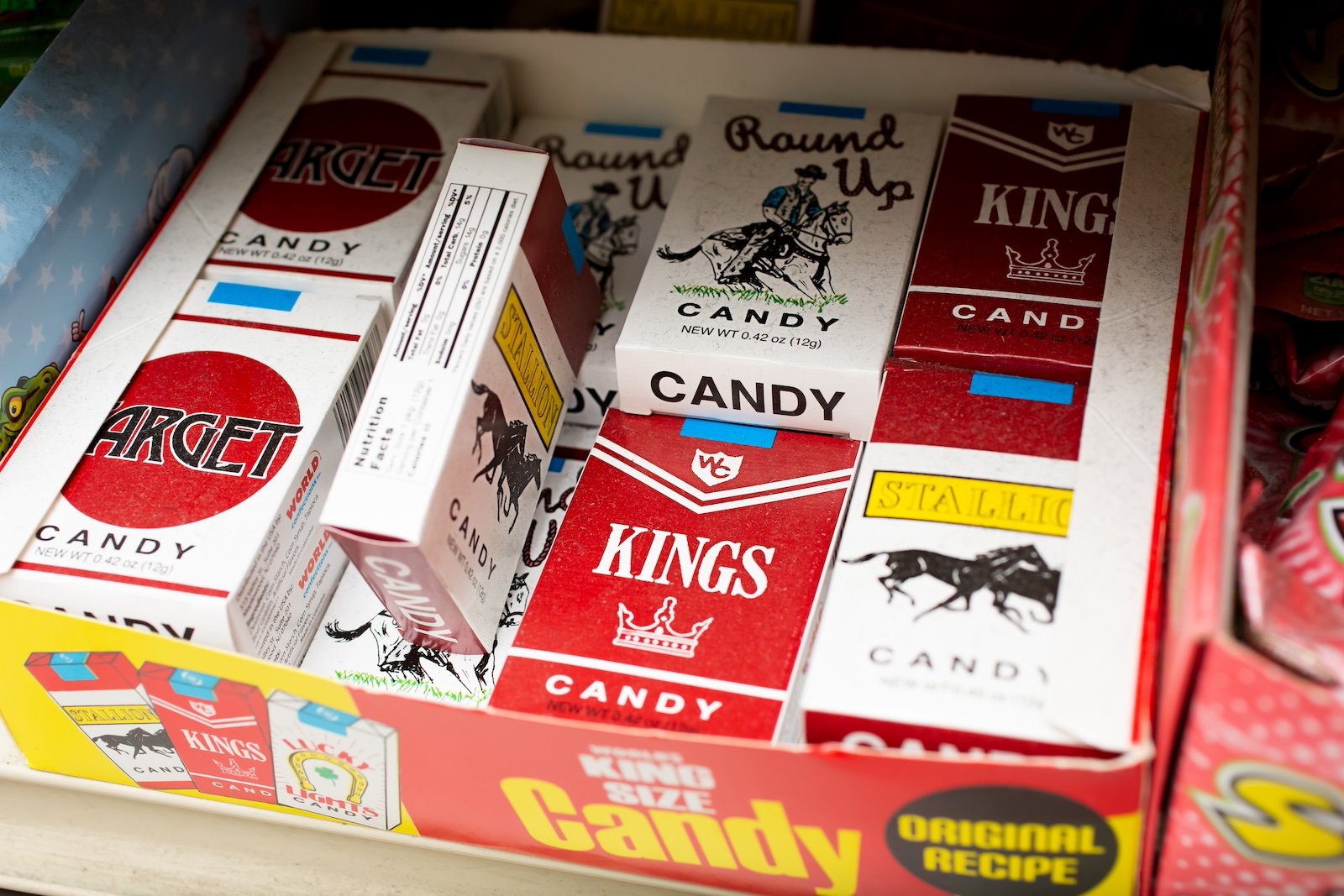
Candy cigarettes were a popular treat among kids in the ’60s. These sugary sticks were designed to look like real cigarettes, and kids would pretend to smoke them, mimicking adults. This behavior, while seemingly harmless at the time, is now seen as problematic for promoting smoking as a desirable habit to impressionable children.
Minimal Car Safety Measures

Car safety in the ’60s was vastly different from today. Seat belts were not mandatory, and many cars didn’t even have them. Children often rode in the front seat or even in the back of station wagons without any restraints. Some kids even enjoyed riding in the open beds of pickup trucks, a practice that would be deemed highly unsafe and illegal today.
Unsupervised Outdoor Play
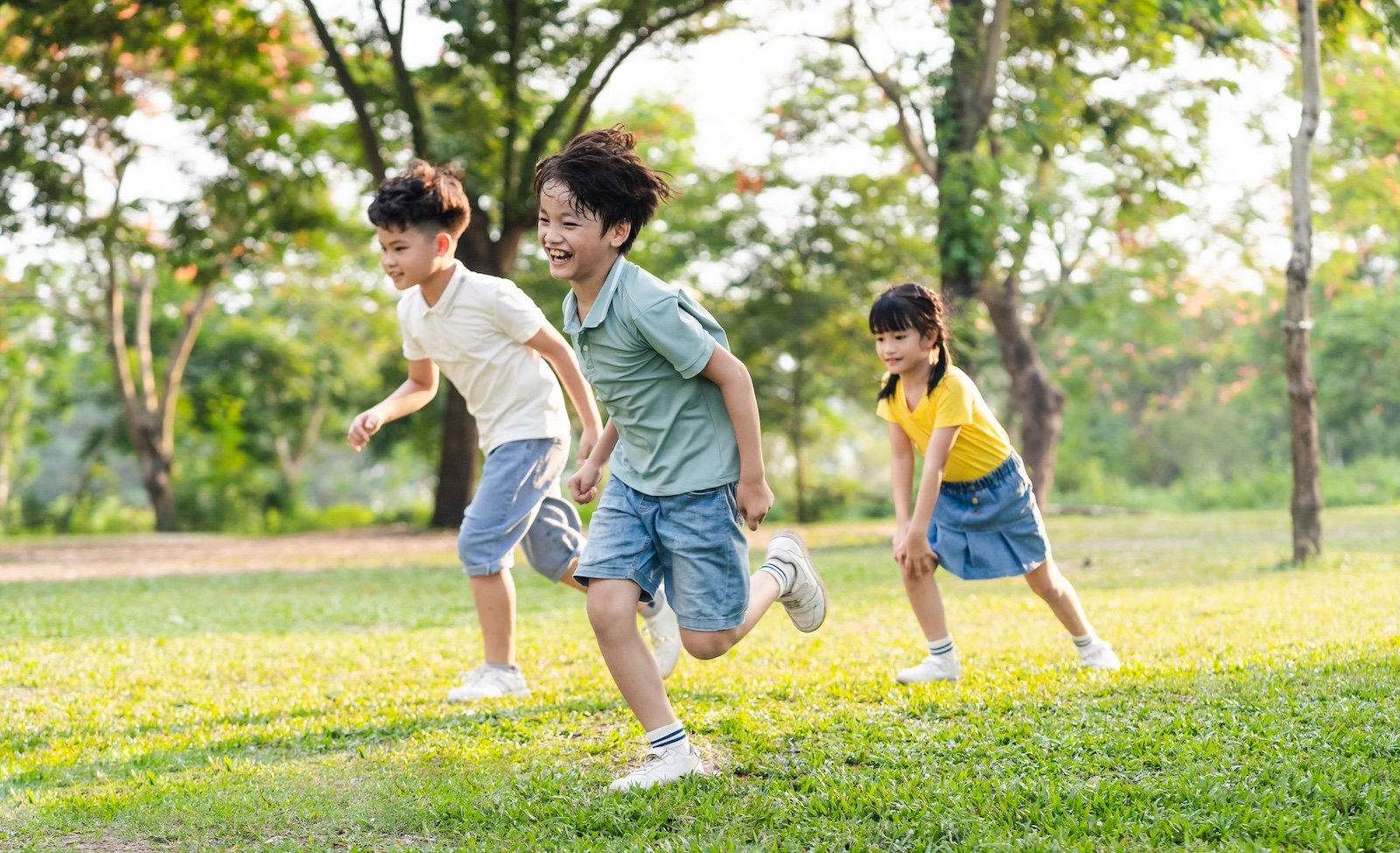
Kids in the ’60s often enjoyed hours of unsupervised outdoor play. Parents would let their children roam the neighborhood or nearby woods, trusting them to be back by dinner time. This level of independence and lack of constant supervision is rare today, as contemporary parents are more cautious due to safety concerns.
Using Mercury for Fun

In the ’60s, it was not uncommon for children to have access to mercury, the liquid metal. Some science kits included mercury, and kids would play with it, fascinated by its unique properties. The toxic nature of mercury was not well understood, and today, such exposure would be considered extremely dangerous and irresponsible.
BB Gun Battles
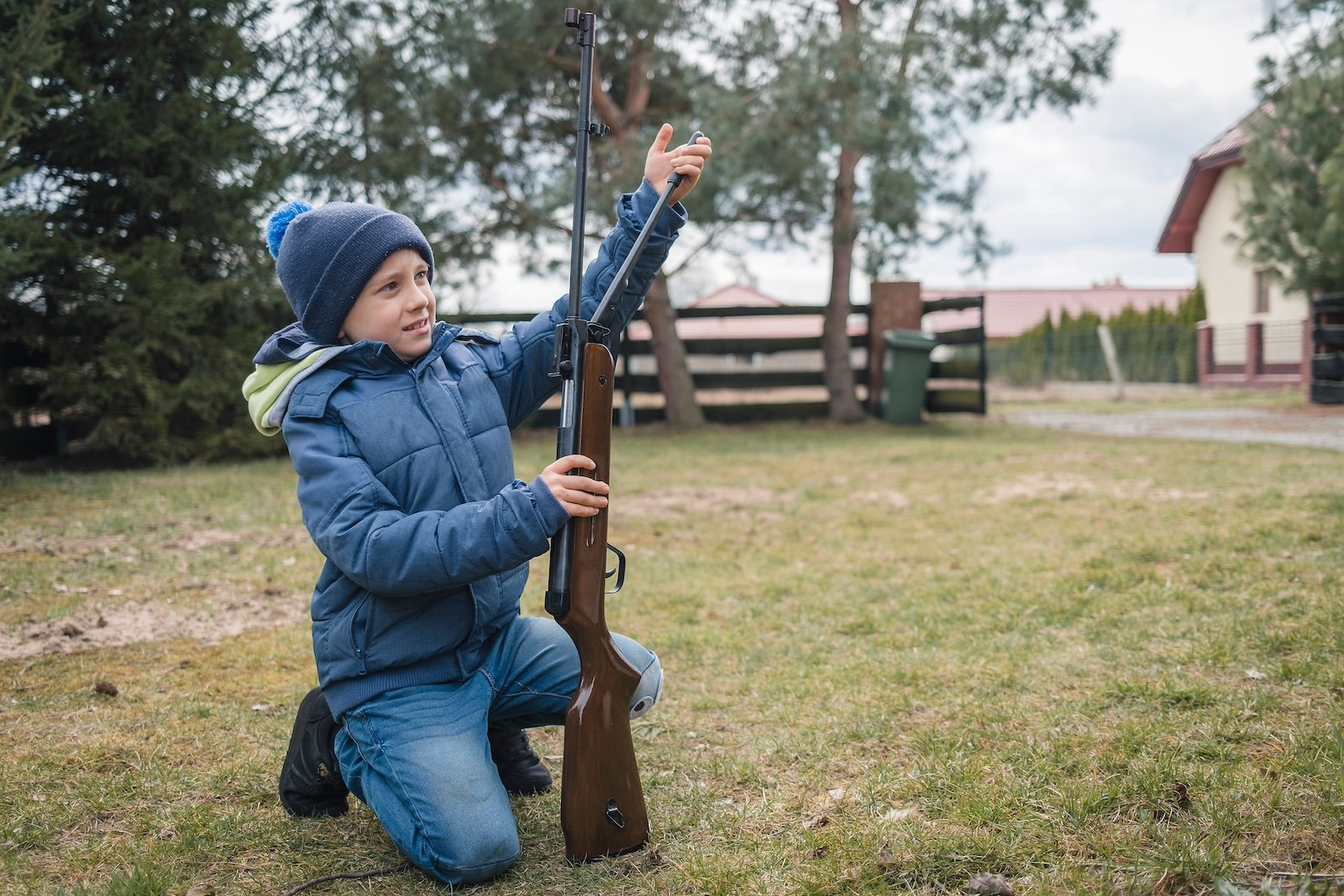
BB guns were a popular toy, and kids often engaged in BB gun battles. These mock wars involved shooting at each other with BB guns, which could cause serious injuries. Modern views on child safety and gunplay have changed drastically, making such activities unacceptable today.
Lack of Childproof Packaging

Household products and medications in the ’60s did not have childproof packaging. It was common for kids to access potentially dangerous substances, leading to accidental poisonings. Today, stringent regulations ensure that harmful products are kept out of the reach of children through childproof caps and packaging.
Exploring Without Technology
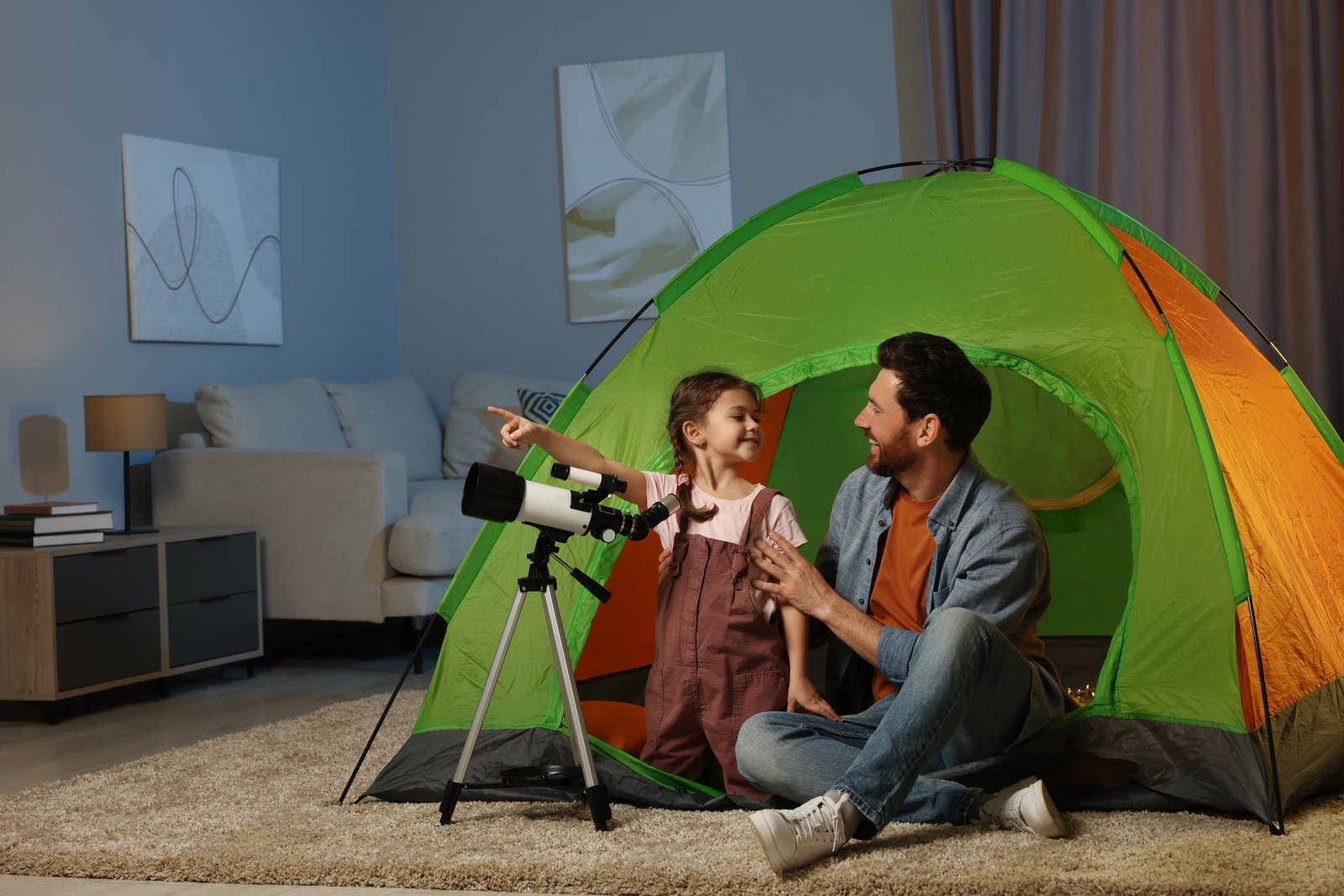
In the ’60s, kids didn’t have smartphones, GPS, or even reliable access to landline phones while out exploring. They relied on their sense of direction and the knowledge of their local area to navigate and find their way back home. This lack of technology fostered a sense of independence but would be seen as risky by today’s standards.
Playing in Abandoned Places

It was not unusual for kids to play in abandoned buildings, construction sites, and other hazardous areas. These adventures were part of the excitement of childhood exploration but posed numerous dangers, including structural collapses, exposure to sharp objects, and other accidents.
Chemistry Sets with Real Chemicals

Children’s chemistry sets in the ’60s often included actual, potentially dangerous chemicals. These sets allowed kids to perform experiments that would be considered too risky today. The educational value was high, but so were the risks of burns, explosions, and toxic exposure.
Using Public Transportation Alone
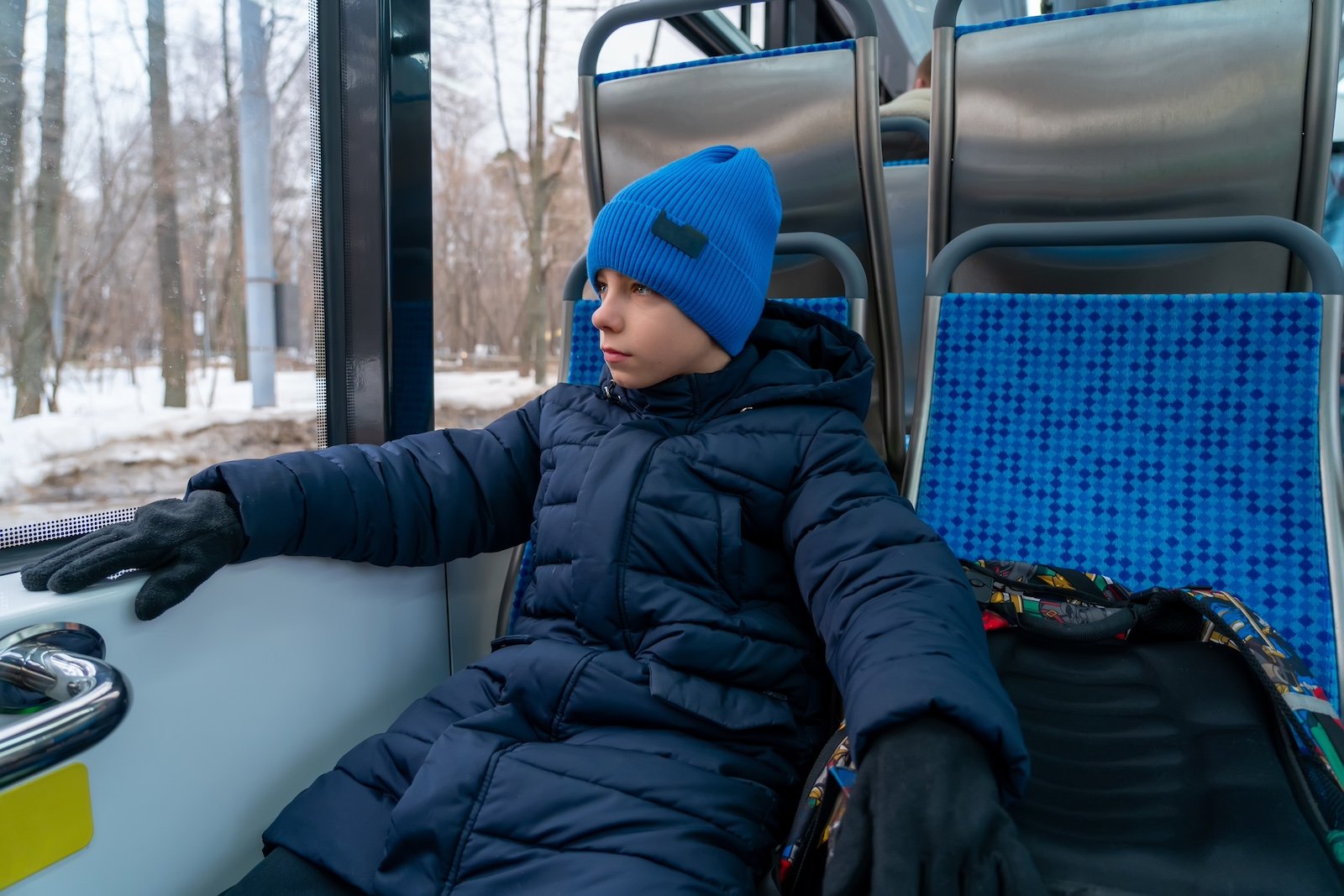
Kids in the ’60s frequently used public transportation on their own, whether to get to school, visit friends, or explore the city. This practice, now less common, reflected a different era’s approach to child independence and safety. Today, many parents are hesitant to let their children use public transport alone due to safety concerns.
Collecting Trading Cards with Harmful Substances

Many kids in the ’60s collected trading cards that came with bubblegum. The gum itself was often of dubious quality, and the cards sometimes contained harmful substances, including lead-based inks. Collecting and trading these cards was a favorite pastime, despite the potential health risks.
Freedom with Fireworks
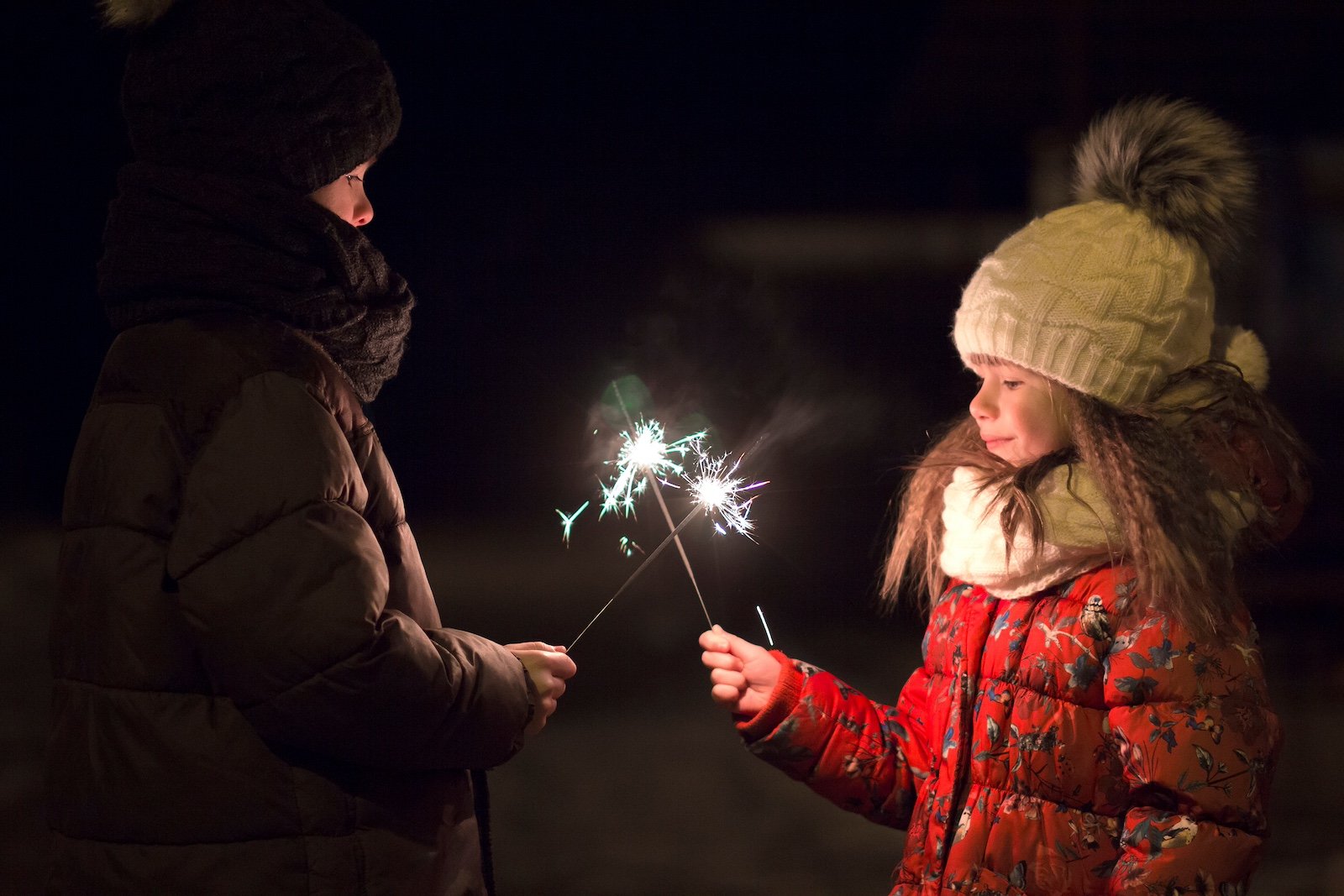
Fireworks were readily available to children in the ’60s, and it was common for kids to set them off without adult supervision. This included firecrackers, sparklers, and more dangerous types of fireworks. The risks of burns and other injuries were high, but such activities were part of many children’s experiences.
Homemade Go-Karts

Kids often built their go-karts using scrap materials, including old pram wheels and wooden boards. These homemade vehicles were rarely safe, lacking brakes and proper steering mechanisms. The thrill of speeding down a hill in a self-made go-kart was immense, though the lack of safety measures would be alarming today.
Trampolines Without Nets
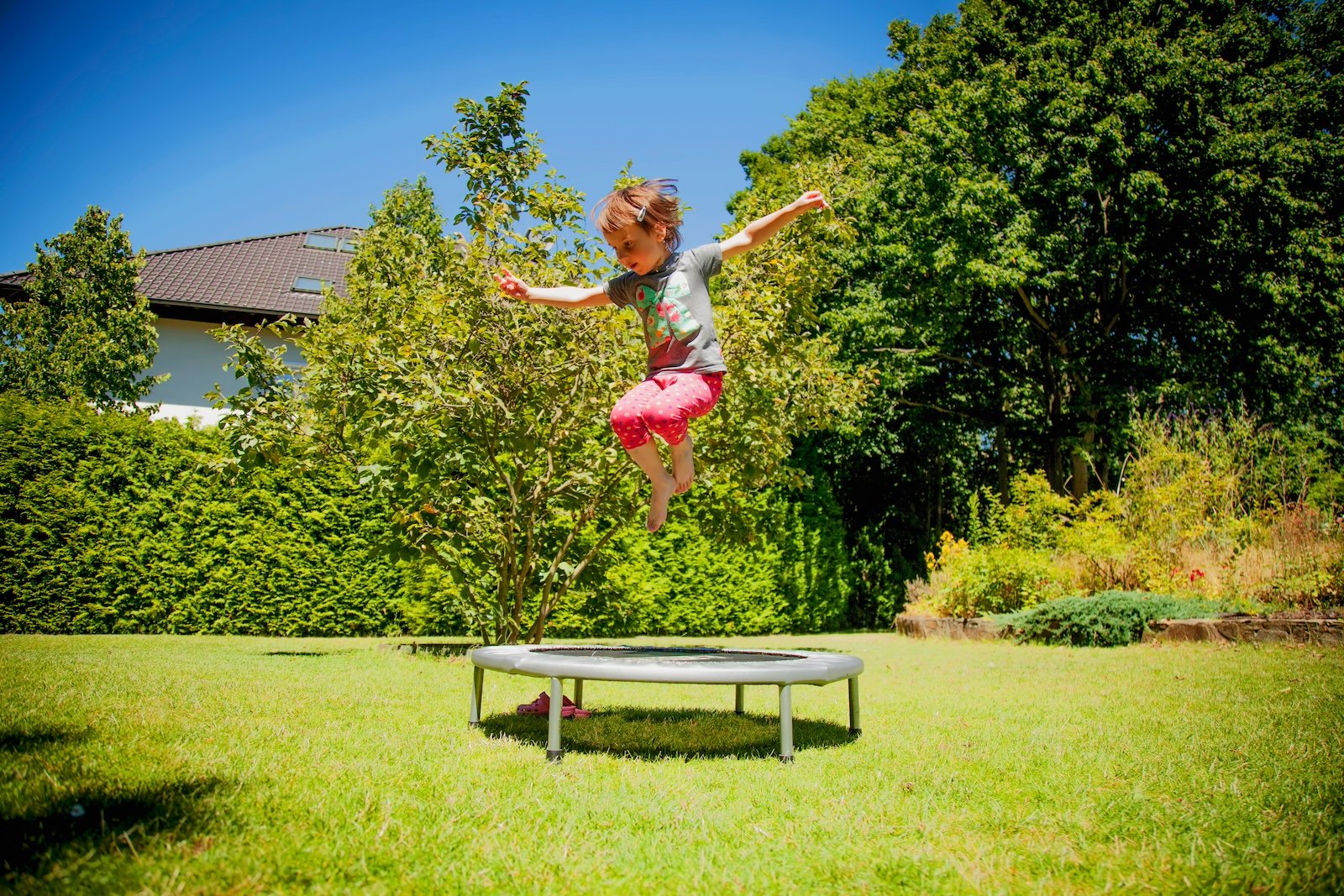
Trampolines in the ’60s were often set up without any safety nets or padding. Kids would jump and perform tricks, sometimes resulting in serious injuries from falls. Modern trampolines come with numerous safety features, highlighting the significant changes in how child safety is approached.
Hitchhiking
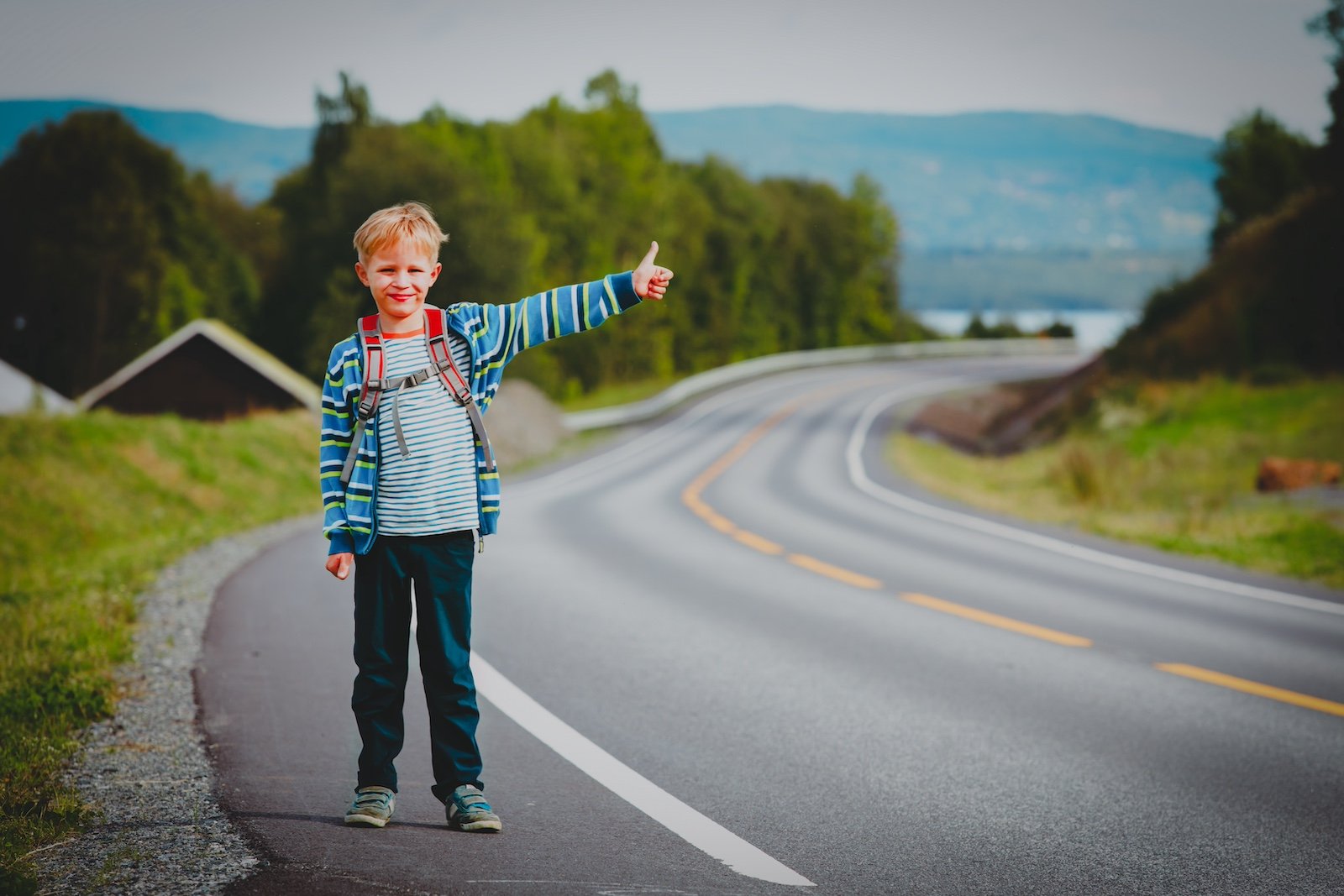
In the 1960s, it was not unusual for teenagers, and sometimes even younger kids, to hitchhike as a means of transportation. It was seen as a cheap and adventurous way to travel. However, today, the risks associated with hitchhiking, such as encountering dangerous individuals, are well-documented, making this practice almost unheard of for minors.


